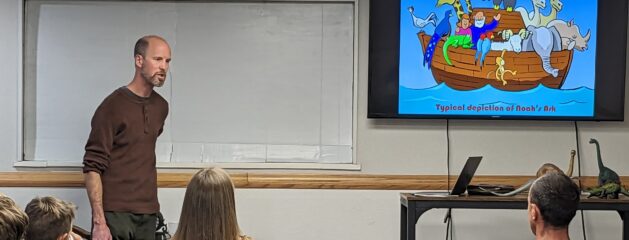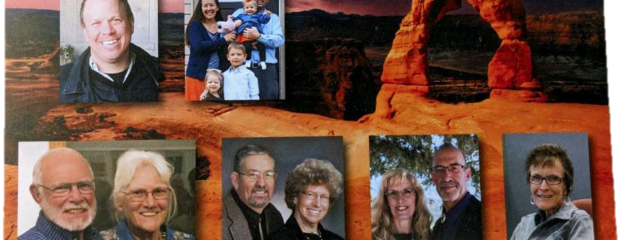Welcome to the Discover Creation Blog. Among other things, this is where you’ll find updates from our speakers, interesting reading, and more.
The Flood Was Global!!

This is What People Need to Hear! When I first saw Adam’s run-down of the Biblical points and Scientific points…and why the belief in a Global Flood is important – I thought, ‘YES! This is one of the best short(ish) descriptions of why we can trust that the Flood was Global and why it really matters!!’ Maybe you are like me and have met many people who think that the Age of the Earth doesn’t matter or are okay with uncertainty on the...
Read MoreDinosaurs Wading and FLOATING in water!! – Evidence of a Giant Flood??!!
God at Work in our Lives!! – 2022

Dave and Mary Jo Nutting: During our seminars, we like to see eyes light up when we expose the issues of evolution and present a positive case for Creation. However, we also thrive on the relationships fostered by longer-term camps and tours. This note was from one of the participants from our Yellowstone tour: “Thank you again so much! Your encouragement, listening ear, attention (and patience) with our kids, your courage and passion to share...
Read MoreThe Positive Case for Creation
The Positive Case for Creation: Is there evidence to show that Creation Science is true? “When we examine the world, we find abundant positive evidence to support these claims. Here are just a few examples.” -The Cause of the Universe -Design in Nature -Source of Morality -Young Age Indicators -Genetic data consistent with Adam and Eve -Geology supports a global flood -Human Value -Signs of the soul -Marriage and family Which one do you...
Read MoreCool Testimony!!
I came across this article in an older Think & Believe Newsletter. As I was, I think you will be blessed by Lanny’s testimony here: “All of the AOI speakers minister to thousands of people every year both in groups and one-to-one. Because of the traveling nature of AOI’s ministry, we share for a brief time, but then travel down the road to a new event. Mostly, all we are able to do is plant a seed of truth and encouragement, and pray that it falls on fertile soil. The...
Read More

